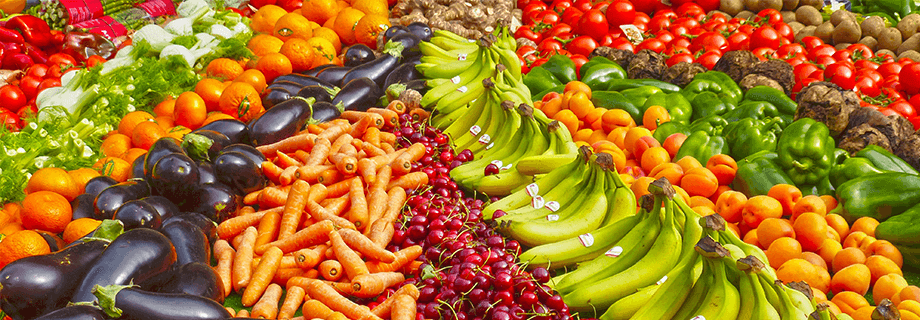Impact of Extrusion on Nutrients – Part 2: Lipids, Fats, and Water

I posted earlier about the impact of extrusion on proteins and carbohydrates. Now I will explain the importance of lipids, fats, and water.
Extrusion effects on lipids or fats are through the inactivation of the hydrolytic enzymes such as Lipase, Lipoxygenase and Peroxidase. Their inactivation prevents rancidity.
Due to the effect of extrusion on rupturing cell walls, the natural anti-oxidants (Tocopherols, Vitamin E-like compounds) present in the oilseed will be released, thus helping in protecting the unsaturated oil from rancidity.
It should also be noted that, in extruded products, fat enters into complex with carbohydrates at a ratio of 1:10, thus, acid hydrolysis is necessary to measure the actual fat content as opposed to the standard solvent method (Ether extract).
Extrusion has no beneficial effects on vitamins. Vitamins are heat, pressure and friction sensitive.
In an extruded product, vitamin potency loss can vary from 15-100% depending on the vitamin of concern. The common practice during feed or food formulation is to either account for the loss expected, or add the vitamins after extrusion. The other alternative is to use heat protected vitamins such as protected Vitamin C that is used in aquatic and human food.
No beneficial effect of extrusion on minerals with one exception, plant source (phytate) phosphorous availability may increase due to the action of extrusion on the phytate structure.
Finally, extrusion results into water or moisture loss through partial dehydration as a result of the sudden drop in pressure as the extrudate exits the barrel of the extruder.
As we realize the several functions of a cooking extruder, we can then utilize those functions to optimize the quality of feed or food.
Interaction with the extruder manufacturer and his employees is crucial to minimize trials and errors in achieving the objectives of positively impacting the nutritional value.



